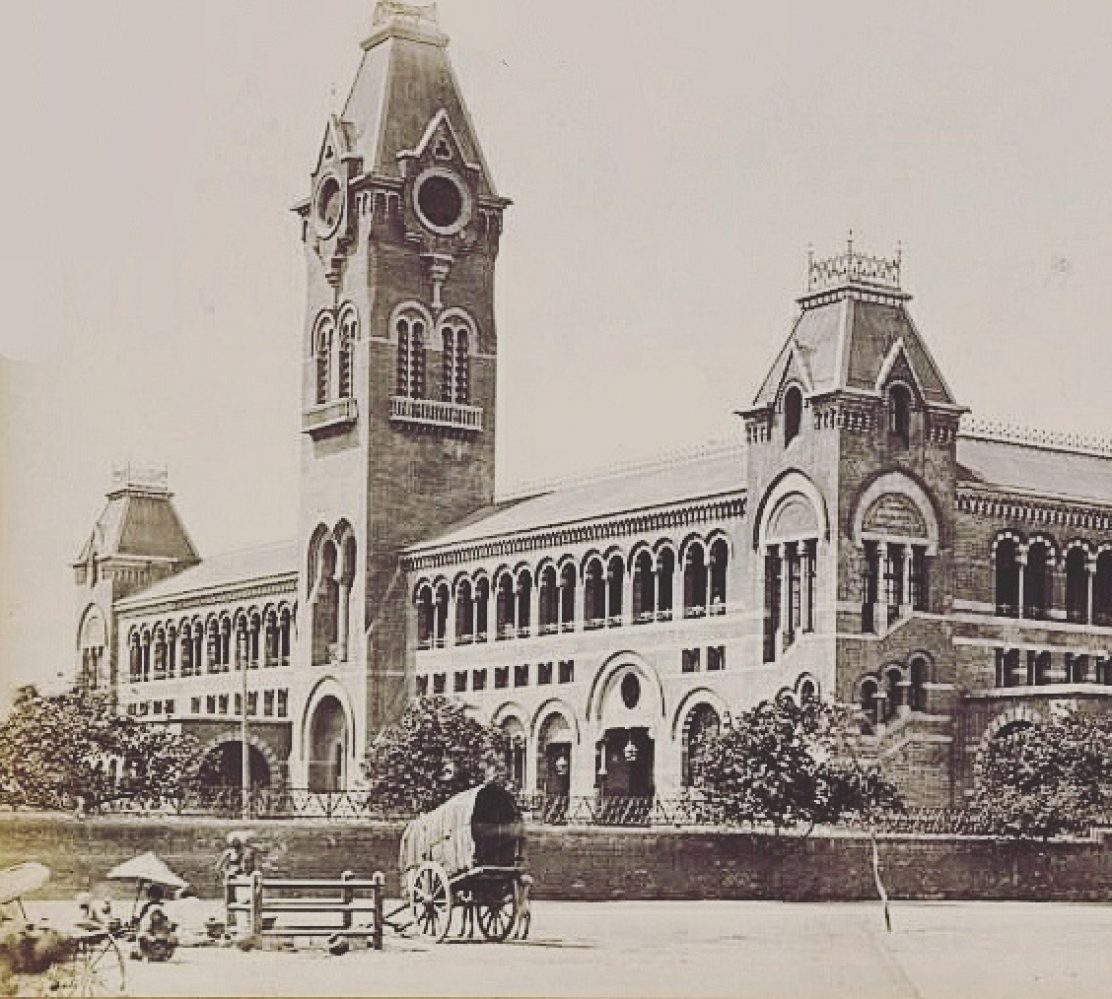The wafting smell of Puliodharai ( tamarind rice) 😍 is something that is unique to the Parthasarathy temple at triplicane .It is an iconic landmark to not just triplicane but to entire madras. It is one of the oldest temples in the city built by the Pallavas in the 8th century, subsequently expanded by Cholas and later by the Vijayanagara kings in the 15th century. Pallava king Dantivarman built the present temple in the eighth century. The gopuram was also built by a Pallava king – Tondaiman Chakravarthy. There are inscriptions that record the contributions of the Chola kings Raja Raja and Kulottunga III, Pandya King Maravarman and many rulers of the Vijayanagar dynasty including Ramaraja Venkatapathiraja and Vira Venkatapathy.👑
It is one of the very few shrines in the country dedicated to Krishna as Parthasarathy, charioteer of Arjuna. Because of the association of the temple with Krishna, Tiruvallikeni came to be regarded as the Southern Vrindavanam.
Interestingly at this vaishnavite temple the official bearers of the Lord’s idol during processions used to be the fishermen who were native to triplicane. During the temple festivities, they carry the festival idol in their sturdy shoulders in an atmosphere of wine and toddy shops. They bargained for additional rights in the temple in 1928, which eventually ended their ties with the temple.
The communities of madras have lived in complete harmony since times immemorial, to rock this foundation of communal harmony is to rock the entire basis of madras. Madras has always been a culmination of cultures and Chennai should follow the way of history.
SOURCE: Wikipedia. 💻




